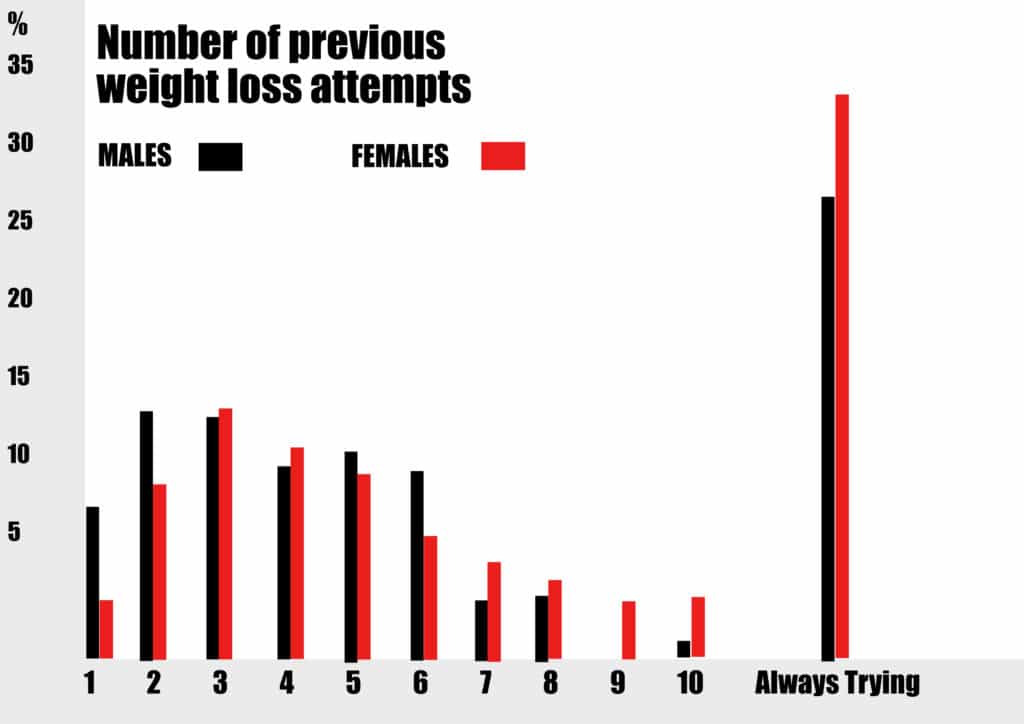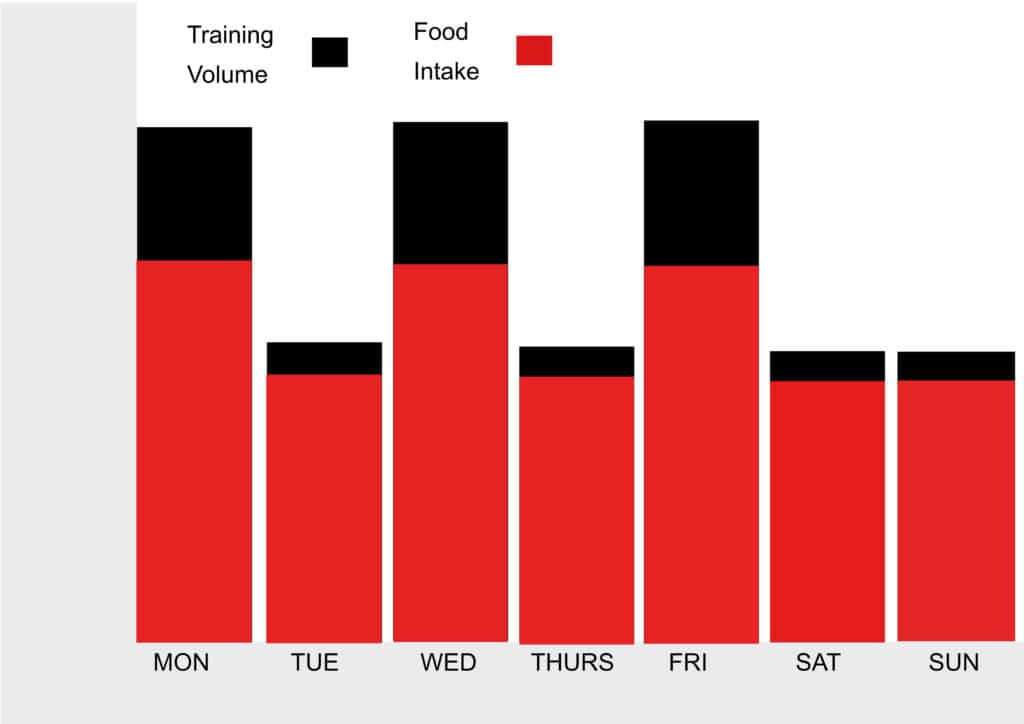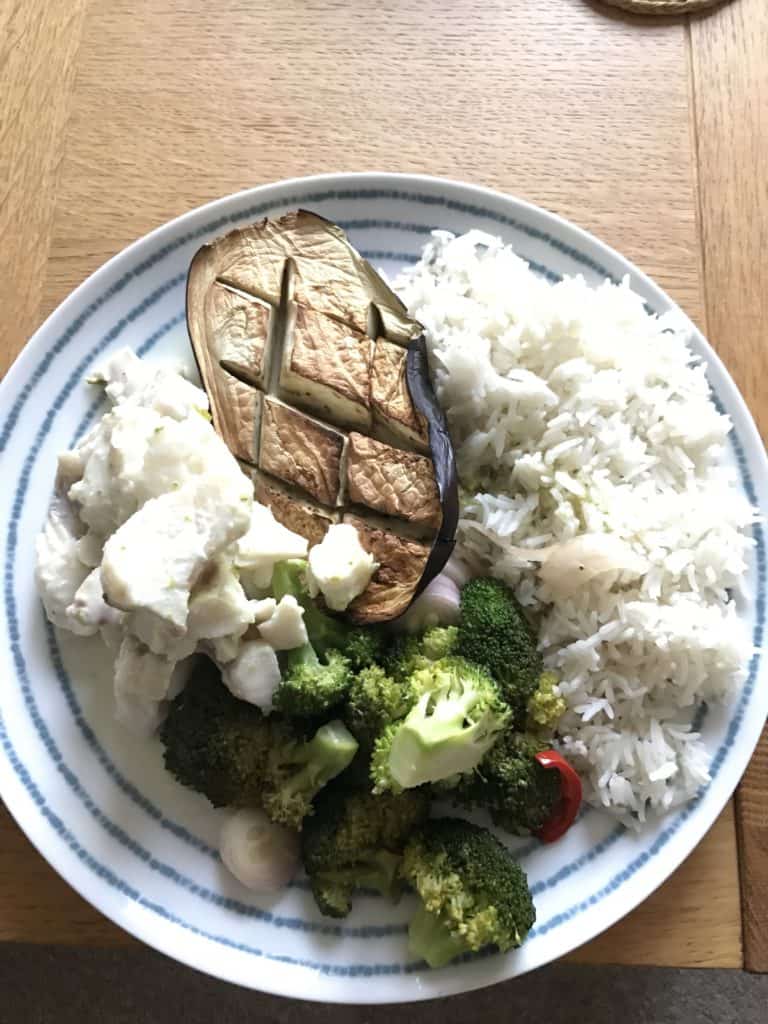Four Factors of Fat loss
Here’s an overview of how to build a successful fat loss plan that will work…and keep working.
Recently here at Storm Human Behavioural Psychologist Falko Sniehotta shared some data with the team from a nationally representative study by Liz Evans.
One of the more shocking statistics was the percentage of the population who reported being in a state of “always trying” to lose weight. One of the most reliable predictors for a failed weight loss attempt is the number of previous weight loss attempts an individual has tried. However its most common for people who have tried and failed with one approach in the past to use the same approach again.
I hope to show you here an approach that will be far more effective than the vast majority that fail people long term.
Perhaps more shocking than the number of failed attempts that are commonly made throughout the UK was the number of people who started trying to weight at a very young age.
You start to realise that this has been a lifetime of work for many.
Unsurprisingly (for many mums and dads of teenage girls) the number of young females trying to lose weight was alarmingly high.
What makes a successful fat loss plan?
Most people start trying to lose weight by training at high intensity every day and trying to maintain eating as little as possible for as long as possible.
This approach is largely unsuccessful due to most people being unable to maintain this kind of plan longer than a few days.
Sure, you need to train hard but your training should be planned in order that you can recover fully.
When choosing how to set up your training and nutrition at Storm your coach will either use a:
Linear approach – where you eat the same each day regardless of whether you are training or not.
Or
Non linear approach- where you increase the amount you eat on days when you are training (usually from carbohydrate)
Below shows a linear diet alongside a 3x per week high intensity training program.
Whilst this can be effective, we find adding in some low intensity exercise between high intensity sessions or strength training is more effective.
So this may all sound complicated! It doesn’t have to be!
Here’s an example of how you can put it all together.
Monday- Strength training
Tuesday- 45 minute walk
Wednesday- Interval training
Thursday-45 minute walk/ Light yoga session
Friday- Strength training
Saturday- 45 minute walk
Sunday- 45 minute walk
So how do you increase or decrease your calorie intake on low intensity days?
Keep it simple!
If your evening meal usually looks like this:
You could drop half of the starch carbs from your evening meal and replace them with fibrous veggies like this:

Haddock poached in coconut milk and lime zest with stir fried broccoli, basmati rice and roasted aubergine.
A difference of 50g carbs or 200 calories for those of you who are interested.
Wrap up
Here are the key points I’d love for you to take away from reading this post:
- Train hard 3-4 days per week
- Eating (a little ) less than you burn consistently is the key to sustained fat loss
- Be active daily
- There are simple things YOU CAN DO that if done consistently will lead to amazing results!
Thanks for reading!
Spence
If you’d like to get started with a coach please fill out the form below.
Start Your Fitness Journey Today
Our consultations are informal and straightforward
They give you a chance to get to know your trainer and provide us with all the information we need to get you started immediately.
Please expect a response within 4 hours during our office hours of Monday to Friday between 9am- 5pm. Enquiries outside of this time can expect a response within 12 hours.








